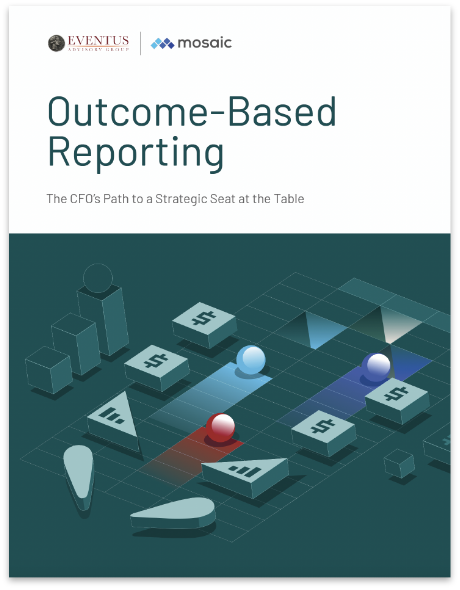
If you take any introductory finance course, you will hear that equity is more expensive than debt. There are a lot of assumptions that go into that saying, but it boils down to if you have a growing company, one day its equity should be worth a lot more money than was originally paid for it. After all, what investor would buy a stock and not expect it to appreciate in value?
In an earlier stage company, the calculus around issuing more equity isn’t usually a comparison of costs versus debt, it’s around dilution, giving up control and a potential down round where the newer equity is priced lower than the previously issued equity. When a company needs more money to extend its runway (i.e., the time before it runs out of cash), it’s usually hard to find people to invest in equity. Furthermore, the odds of getting a good price for your equity (or at least equivalent to the last price) are also low. If you issue equity at a lower price than the previous price, you have a down round, and all previous investors now have an investment worth less than what they originally invested in. Down rounds make it much harder to do a future equity raise. So, where do you go when the equity markets are closed to you? The debt markets.
Debt has its advantages and disadvantages versus equity. On the positive side, you do not have to worry about dilution or control issues. However, you must pay the debt back with interest. On a short-term cash basis, debt is much more expensive than equity. When choosing a debt provider, you compare cost (interest plus fees plus warrants) and availability.
Debt has several potential costs, some more obvious than others. The list below is not exhaustive, but it is designed to serve as a primer of what to be aware of.
1. Interest: This is on the surface easy to calculate. It is the rate you pay on the debt you borrowed.
2. Fees: These can be everywhere, from an upfront due diligence fee to annual maintenance fees, to prepayment fees if you pay off the debt early.
3. Warrants: Sometimes a lender may ask for warrants (think options), which can convert to your equity — which can make the overall cost of the debt you raise much higher than you originally expected.
4. Use Restrictions: Sometimes the debt can only be used for a specific spend (e.g., you are not allowed to repay investors with the debt).
5. Operational Changes: Some debt providers (mainly commercial banks) may require you to have your banking and credit card relationships through them.
6. Availability: Sometimes the debt you borrowed isn’t available to you until you reach certain milestones.
7. Implied Interest: This is a bit more complicated, but think about it this way, if I loan you $2 million of debt, but always require you to have a cash balance of $500,000, you only have a functional availability of $1.5 million of debt. If you are paying 10% on that $2 million ($200,000), your implied interest rate (simple math) is 13.3% since you are paying $200,000 for effectively $1.5 million of debt.

A cash flow lender, such as a commercial bank or a fund, will lend you money off your potential future earnings. In early stage companies, this is called “venture debt” since it is debt provided to venture-backed companies. The two most common sources of this are commercial banks focused on startups and venture debt funds.
Commercial banks are a great source of venture debt mainly because their interest rates are usually lower than funds. They normally focus on your sponsors (investors) and assume that your sponsors will provide you additional capital if needed. If the bank does not know your investors, it may not issue you debt. If a commercial bank lends you money, it usually requires you to house all your commercial banking and credit card activities with them.
Venture funds are pricier than a commercial bank but can and do take on more risk. If you do not pass a commercial bank’s credit committee, you still may be attractive to a fund. Most funds have specific investment theses, usually industry-specific. If you fit that thesis, your odds of getting debt increase, even if you are risky. Venture funds are also generally more willing to issue subordinated debt (which gets paid after senior debt), which also justifies their higher interest rates.
Cash flow lending usually comes in the form of a term loan with a prepayment penalty. You can also get a drawable term loan, which you basically pay for the option to borrow money in the future. If you decide to borrow, you “draw” the money, and the term loan starts then.
Unlike cash flow lending, which is a bet against future earnings, asset-based lending (ABL) is based off your current assets. Typical assets a lender will make funds available for are:
• Purchase orders and accounts receivable — basically your future sales
• Inventory
• Hard assets, such as equipment
Since there is an asset backing up the loan, the rates are usually lower, and lenders are more likely to lend you money, even if your cash flows are riskier. The downside versus a term loan is that if the asset goes away, so does your funding base. This comes into play more often in purchase order and accounts receivable financing than for harder assets.
Debt provides a legitimate alternative to equity. However, since debt must be repaid with interest, it requires an increased fiscal discipline that some companies are not prepared for. In extending a runway, debt is best suited when you need a few more months to achieve stronger financials, which translates into more favorable terms in an equity raise. Without a capital deployment plan, taking on debt could put your company in a worse future position.